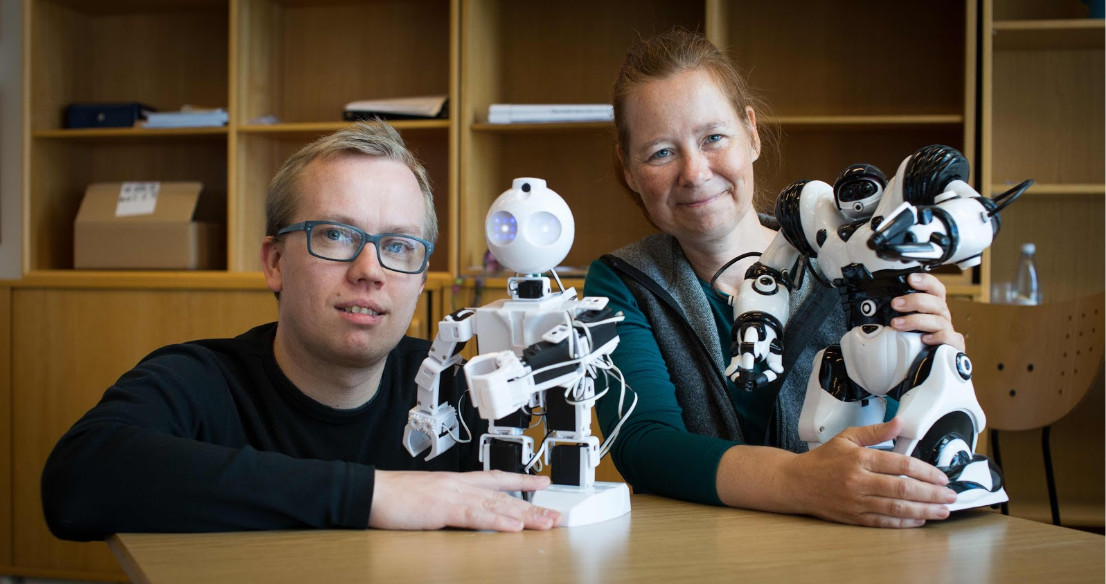In this project, we investigate issues of timing and responsivity in interactions between people and technologies, in particular robots. In current human-robot interactions, timing is usually a huge problem; whereas human interactions are characterized by multimodal coordination involving speech, gaze, mimics, gesture, body torque, etc., allowing smooth and seamless coordination procedures, robotic systems are usually so complex that their behavior is slow, and they usually respond to one channel only. Curiously, robots’ lack of responsivity and mismatches in timing can in some cases lead to considerable problems, whereas in other cases, human users can easily adjust.
In the current project, we work on the one hand with engineers on the development of more responsive and hence more human-like robotic systems. On the other hand, we try to determine what aspects of robot miscommunication humans can adapt to so easily and what robot capabilities robot designers have to get right and why. In order to answer these questions, we consider what makes human-robot interactions engaging, what affordances the different communication channels have and how they interact, what role contingency plays, what feedback robots should provide and how adjustments to robots in interactions can be understood.
Kerstin Fischer, Lars C. Jensen
